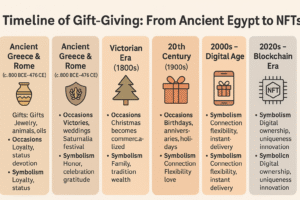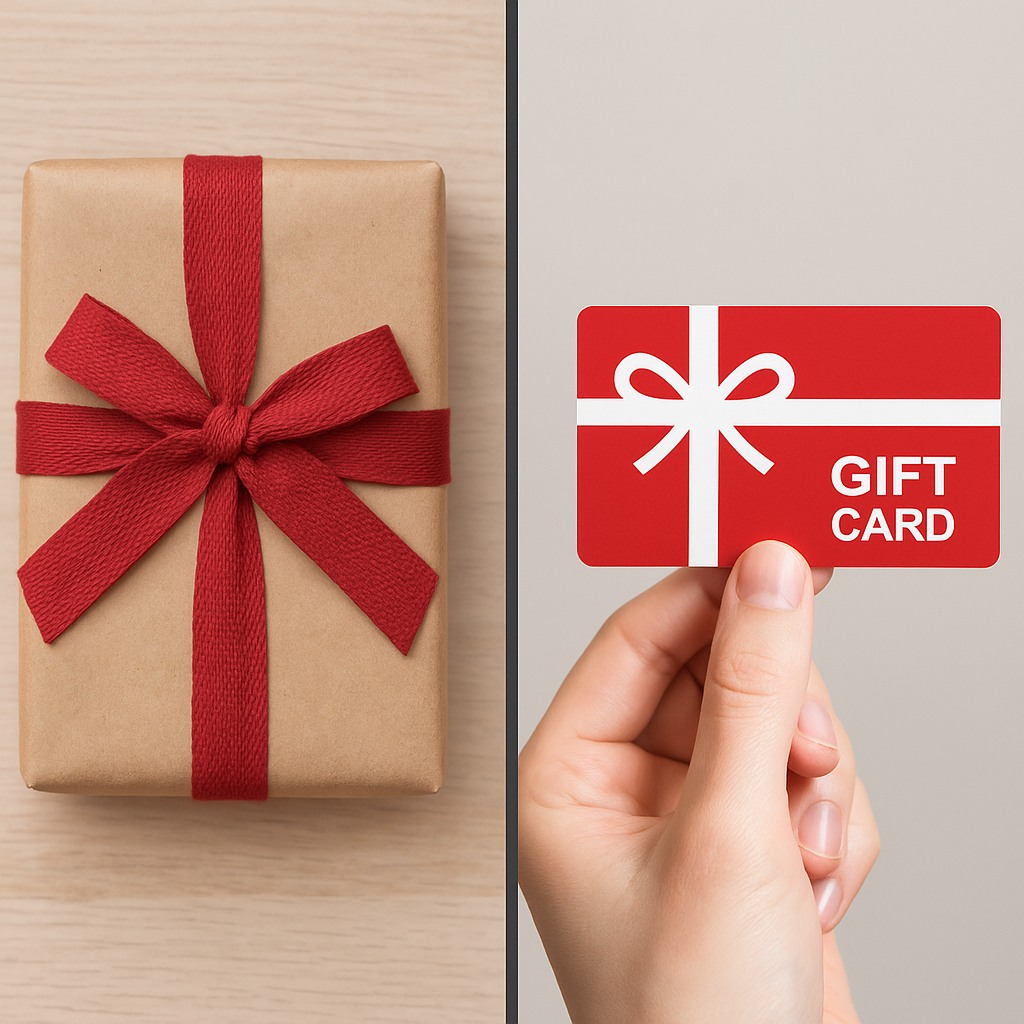Hook: The journal worn from age, came from my grandmother on my sixteenth birthday as well as I felt disappointed at first. It was not the new device I wanted. The journal became a valued possession, because its pages contained her life advice and love.Evolution of Gift-Giving Traditions is More than just items, gifts carry emotion, history next to connection. A hand-made scarf is the same as a donation to charity in another person’s name – giving goes across cultures and through time. In this analysis we study the psychology of gifting, look at its complex history in addition to discover ways to give gifts that have importance.
A Journey Through Time: The Ancient Roots of Gift-Giving

Gifts in Early Civilizations
Gift-giving has a history dating at least 5,000 years. In Egypt, pharaohs gave gold and spices as a means of making alliances, whereas Mesopotamians bartered animals as a sign of confidence. The Latin term donum (gift) became Old Norse gipt, due to its use in Viking ceremonies to pay homage to gods and chieftains.

Cultural Traditions That Shaped Modern Gifting
- Potlatch Ceremonies: Indigenous tribes in the Pacific Northwest practiced potlatch—a lavish feast where hosts gave away possessions to display wealth and strengthen community bonds.
- Japanese Omiyage: Rooted in the 17th century, this tradition involves bringing locally crafted souvenirs to honor relationships after a journey.
- Roman Strenae: Romans traded honey, figs, and coins at Saturnalia, a holiday that spawned contemporary Christmas giving.
These rituals were not merely transactional; they created social fabric. As anthropologist Marcel Mauss wrote in The Gift, gifts imposed obligations, tying giver and receiver in a bond of reciprocity.
The Psychology of Giving: Why Gifts Matter More Than You Think
The “Helper’s High” Phenomenon
Studies reveal that giving activates the brain’s reward system, releasing dopamine. Psychologist Elizabeth Dunn’s research shows spending money on others boosts happiness more than self-indulgence.
Gifts as Love Languages
In Gary Chapman’s The 5 Love Languages, getting gifts is a leading people feel loved. But it’s not about materialism—it’s about how thoughtful the gift is. According to a Pew Research survey conducted in 2022, 68% of people agree that personalized gifts are more important than pricey ones.
The Dark Side: When Gifts Backfire
Giving isn’t necessarily good. Overspending breeds financial stress, and poorly matched gifts can strain relationships. According to a 2021 Journal of Consumer Psychology study, 40% of recipients re-gift things they don’t like.
Beyond the Wrapping Paper: 4 Traditional Types of Gifts That Leave a Lasting Impact
| Gift Type | Example | Pros | Cons |
| Material | Jewelry, gadgets | Tangible, long-lasting | Can feel impersonal |
| Experiential | Concert tickets, cooking class | Creates memories | Not physical |
| Time/Talent | Handmade art, mentorship | Deeply personal | Time-intensive |
| Charitable | Donation in recipient’s name | Supports causes | Less direct connection |
-
Experiential Gifts: Memories Over Stuff
The experience economy is booming, with the global market projected to hit $1.7 trillion by 2032. Why? Shared adventures—like a hot air balloon ride—forge stronger bonds than material items, per Cornell University research.
-
The Rise of Eco-Conscious Gifting
Sustainable gifts (e.g., reusable bamboo sets, carbon-offset subscriptions) grew 240% in online searches from 2020–2023. Brands like Patagonia and Etsy cater to this demand, aligning with Gen Z’s eco-values.
-
Digital Gifts: NFTs and Virtual Realities
From NFT art to VR concert tickets, digital gifts are redefining ownership. In 2023, the NFT market hit $30 billion, appealing to tech-savvy generations.
Modern Gifting Pitfalls—And How to Avoid Them
Mistake #1: The Last-Minute Rush
A National Retail Federation study found 45% of shoppers stress over last-minute gifts, often opting for generic gift cards. Fix: Use apps like Giftful to track preferences year-round.
Mistake #2: Over-Spending
The average American spends $1,000+ on holiday gifts, often leading to debt. Fix: Set budgets using tools like Mint, or opt for DIY gifts.
Mistake #3: Misreading the Recipient
That quirky sweater might delight you but horrify your minimalist friend. Fix: Listen actively. Did they mention a book or hobby? Take notes!
Conclusion: Gifts as Bridges Between Hearts
The perfect gift isn’t about price tags—it’s about empathy. It’s the coffee mug that says, “I know your mornings are chaotic,” or the donation that whispers, “I believe in your values.”
As you ponder your next gift, ask: Will this deepen our connection?
CTA: What’s the most meaningful gift you’ve ever given or received? Share your story in the comments, or explore our Ultimate Guide to Personalized Gifts for inspiration. Don’t forget to subscribe—our next post reveals 10 DIY Gifts That Wow!
With the combination of history, psychology, and contemporary trends, this book not only educates but revolutionizes our perception of the eternal act of giving. For anyway, the greatest gifts are the ones that stay in the heart long after the ribbon is ripped off.

